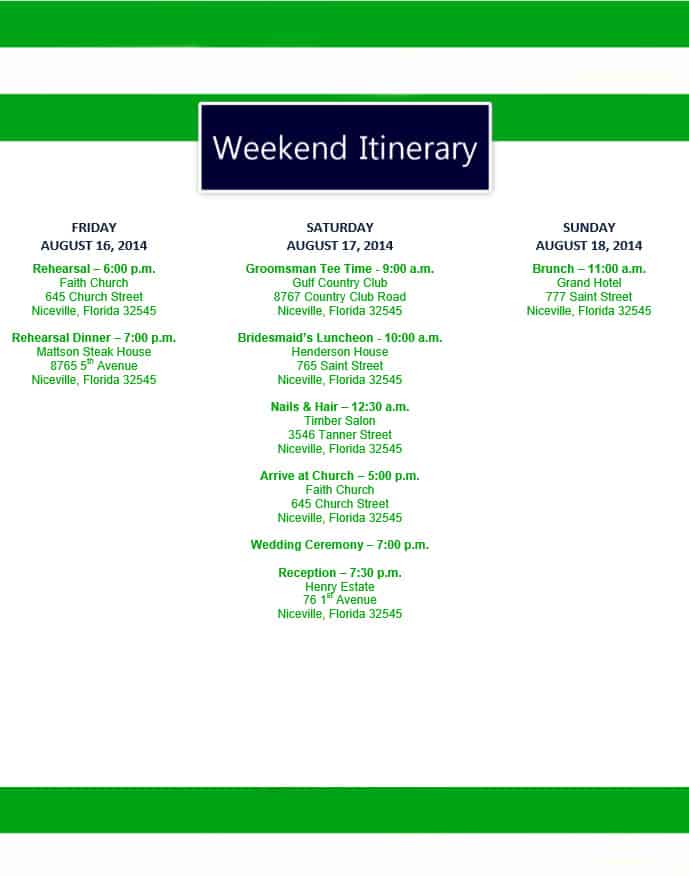Timber Cruise Excel Programs Spreadsheet

May 08, 2011 A Simple Timber Cruising Template. The spreadsheet was designed by forester Bruce Springer and is. You must have Microsoft Excel to run the template. Use Kruzer software to analyze the complete class data set. • Download the Kruzer spreadsheet onto the computers. 4 Lesson 4 - Timber Cruise. 1, Timber cruise spreadsheet. 2, Daniel Bowker, UK Management Forester. 3, Doyle and Int'l 1/4' volume formulas from: 4, Wiant, H.V., Jr. Formulas for Mesavage and Girard's volume tables. Northern Journal of Applied Forestry, vol. 7, plot, sp, form class, dbh, tree factor, mh 12' (logs), mh 12' (ft), tree vol BF.
TIMBER CALCULATION PROCEDURE Overview Timber volume calculations can be done two ways; 1) by hand, or 2) using a spreadsheet. The calculations are the same for both procedures. Essentially, the process involves the summing of field-collected data and running those sums through a couple of equations. End results are timber volumes for each species and product (sawtimber and pulpwood), as well as the entire stand (all species) by product. Basal area also must be calculated, by species and for the entire stand (but not by product). Both procedures begin with the. Mayan Prophecy Team Keygen Mac there.
Each field crew has one (maybe two) Field Tally Sheets that contain data collected from all the plots they were able to complete during the field inventory. Each crew must summarize data on their own Field Tally Sheets, which involves simple math and working with the dot tallies. This is done by hand. Once the Field Tally Sheets have been summarized, the sums are run through some simple calculations. This can be done by hand or by using a spreadsheet. What to Expect Some students will have difficulty understanding how to record field data. Emphasize that EACH DOT (or line) on the Field Tally Sheet represents ONE tree.
There is a tendency to mark a dot or line for each sawlog and pulpstick. The arrangement of the tables on the Field Tally Sheet make this unnecessary. Because the column headings on the tables represent the number of sticks. A dot below the heading indicates 'one tree with that many pulpsticks (or sawlogs). Some students will have difficulty in following the calculation procedures. New procedures are often difficult to understand, but this all basic arithmetic.
Calculating Crew Level Tree Counts, Stick Counts, and Sawlog Counts on the Field Tally Sheets Accurately observed and correctly recorded field data are critical. The Field Tally Sheet should list all tree species found. Each species will have its own set of dot tallies. Sawlogs and pulpsticks were recorded in separate tables. An example from the pulpstick table Program Penjualan Dan Stok Barang Dengan Vb. ...
Species 1 2 3 4 5 6 7 8 #Sticks #Trees Sugar Maple To summarize the sugar maple data taken by this crew, the number of pulpsticks in each box must be recorded using numbers. To do this, multiply the dot tally by the number in the column heading. Jot that product somewhere in the box.
After the numbers are calculated in each box, add them all together and place that sum in the box on the right labeled '#Sticks'. The number of trees can be counted by simply adding the dot tallies together. Species 1 2 3 4 5 6 7 8 #Sticks #Trees Sugar Maple 7 34 72 48 15 24 200 67 This procedure needs to be repeated for each species, and then again in the sawlog table. Calculating Stand Level Volumes and Basal Area At this point, the must be used to aggregate the crew data. This can be done orally and recording numbers on a chalk board, overhead projector, or other method.